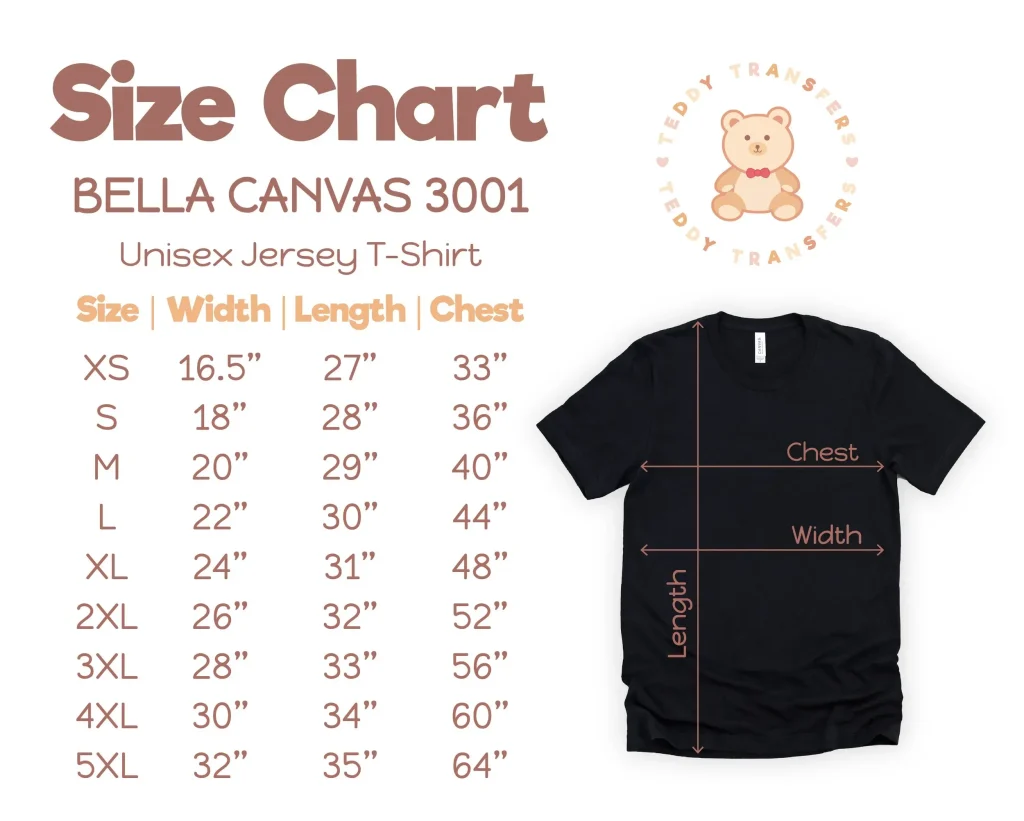DTF Transfer by Size is a crucial aspect of the innovative DTF printing method that is making waves in the custom apparel industry. This advanced DTF transfer technology allows for the creation of stunning designs that can be tailored to fit any garment size, ensuring a perfect match between artwork and fabric. By understanding size considerations, apparel designers can maximize color vibrancy and detail resolution, leading to high-quality prints that resonate with customers. From small logos to large back prints, DTF transfer technology elevates the quality of custom apparel printing like never before. With the demand for unique and personalized clothing on the rise, mastering DTF transfer by size is your gateway to standing out in a competitive market.
The realm of Direct-to-Film (DTF) transfer technology encompasses a variety of printing techniques catered to the unique dimensions of garments. This dynamic approach ensures that designs are flawlessly executed, regardless of whether they are intended for larger apparel or smaller items. By focusing on size-related factors, custom clothing producers can achieve the perfect balance of vivid colors and intricate details, enhancing the overall appearance of the finished product. The versatility of DTF printing makes it an attractive option for anyone looking to enter the custom apparel market, as it not only simplifies the process but also enhances creativity and design expression. Understanding the implications of different sizes on printing outcomes allows users to craft apparel that captures attention and meets customer expectations.
The Importance of Print Size in DTF Transfers
Print size is a critical aspect of Direct-to-Film (DTF) transfers, directly influencing both the final look of the apparel and the overall print quality. For instance, small logos are often chosen for fitted garments, providing a sleek, subtle branding option. On the other hand, larger prints make a bold statement on larger pieces, such as sweatshirts or promotional shirts. By understanding how to effectively scale designs, you can ensure that the details remain sharp and vibrant, which is essential in creating apparel that resonates with customers.
Additionally, scaling artwork accurately allows designers to take full advantage of DTF technology’s capabilities. Smaller prints benefit from precise color application, while larger designs can exhibit a stunning visual impact. Size considerations are crucial in maintaining clarity and ensuring that designs stand out—especially when competing against other custom printing methods.
Frequently Asked Questions
What factors should I consider for DTF Transfer by Size?
When considering DTF transfer by size, crucial factors include print size, garment dimensions, and the design’s complexity. Larger prints are ideal for big garments while smaller designs work better on fitted apparel. Always match the print size to the garment size to maintain visual appeal and clarity.
How does the size impact DTF printing results?
Size significantly impacts DTF printing outcomes, affecting ink usage, color vibrancy, and detail resolution. Larger prints tend to deliver more striking visuals, but they require careful scaling to avoid losing detail. Always ensure that designs are appropriately sized for their intended garments.
What are the common print sizes used in DTF transfer technology?
Common print sizes in DTF transfer technology range from small logos (2-3 inches) to larger graphics that can extend up to 12-14 inches or more. The choice of size often depends on the garment type and the desired visual effect.
Can I use DTF transfer technology on all garment sizes?
Yes, DTF transfer technology is versatile and can be used on various garment sizes. However, it is essential to adjust the print size accordingly. Larger designs typically suit bigger garments, while smaller designs are better for fitted or children’s apparel.
How does DTF printing maintain color vibrancy across different sizes?
DTF printing ensures color vibrancy across different sizes by using high-quality inks and transfer films designed for durability. When sized correctly, even large designs can maintain their vivid colors after multiple washes, provided the right materials are used.
What are the best practices for achieving optimal results with DTF transfer by size?
Best practices include ensuring high artwork resolution (300 DPI), using appropriate color profiles for design and print, and running test prints to evaluate the impact of different sizes. Properly matching design size to garment size is crucial for clarity and aesthetic appeal.
| Key Points | Description |
|---|---|
| DTF Transfer Technology | A revolutionary method for custom apparel printing using heat and transfer film. |
| Advantages of DTF | Durable, vibrant prints for a variety of materials, and more creative freedom compared to traditional screen printing. |
| Importance of Size | Print size affects ink usage and design clarity; must align with garment size for maximum impact. |
| Market Trends | Growing demand for personalized apparel has made DTF printing popular among businesses and DIYers. |
| Technical Considerations | Understanding printer specs and materials is key for quality prints. |
| Best Practices | Focus on high-resolution artwork, appropriate color profiles, and conduct test prints for accuracy. |
Summary
DTF Transfer by Size is essential for achieving high-quality, visually appealing custom apparel. By understanding how print and garment sizes interact, creators can optimize their designs to ensure clarity and effectiveness. This technology enables versatile printing options that cater to diverse styles and customer preferences, making it a vital skill in today’s custom garment market. Whether you are producing logos for children’s clothing or designing striking graphics for oversized hoodies, grasping the nuances of size in DTF transfers can set you apart. Embracing these insights will not only refine your printing capabilities but will also enhance customer satisfaction.

